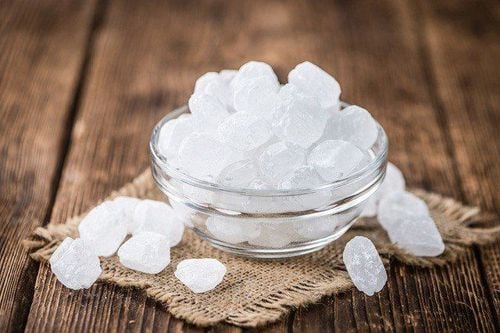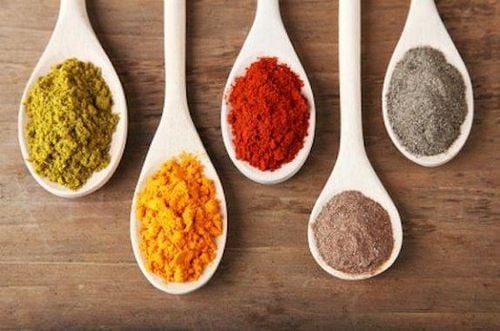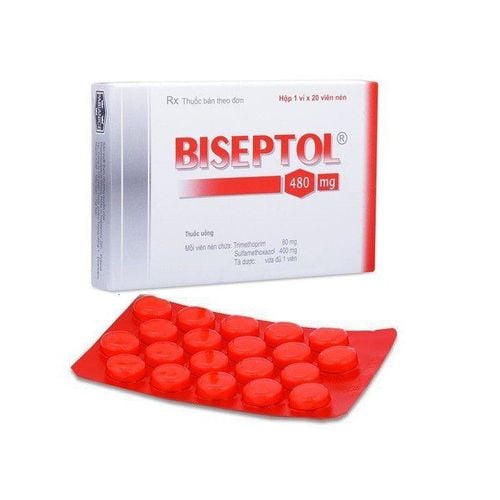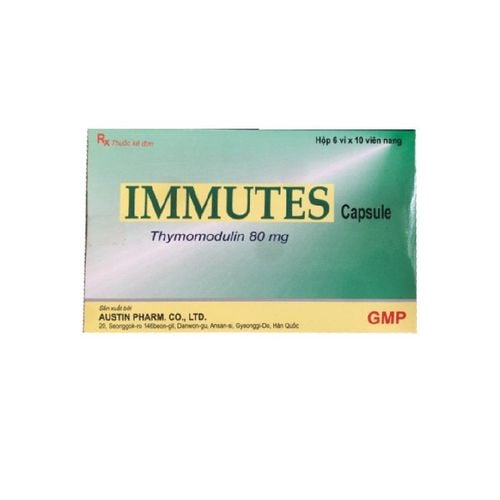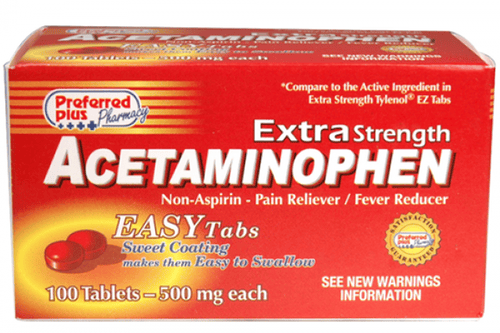This is an automatically translated article.
Article by Master, Doctor Mai Vien Phuong - Gastrointestinal endoscopist - Department of Medical Examination & Internal Medicine - Vinmec Central Park International General Hospital.
In people with fructose intolerance, this sugar is not absorbed into the bloodstream effectively. Instead, the fructose goes to the large intestine, where it is fermented by gut bacteria, causing indigestion.
1. What is fructose intolerance?
Fructose is a simple sugar found in fruits and vegetables as well as sweeteners such as honey and high-fructose corn syrup.The consumption of fructos e, especially from sugary drinks, has increased significantly and is associated with increases in obesity, liver and cardiovascular diseases. In addition to the increase in fructose-related diseases, there has also been an increase in fructose malabsorption and intolerance.
In people with fructose intolerance, this sugar is not absorbed into the bloodstream effectively. Instead, the fructose goes to the large intestine, where it is fermented by gut bacteria, causing indigestion.
Symptoms of fructose intolerance include:
Abdominal bloating Diarrhea Nausea Abdominal pain Vomiting To control the symptoms of fructose intolerance, the patient should avoid the following foods:
Soft drinks Honey Apples, apple juice and cider Agave nectar Foods that contain high-fructose corn syrup Certain fruits such as watermelon, cherries, pears... Certain vegetables such as sugar peas

Aspartame: Aspartame is a sweetener Artificial sweeteners are often used as a sugar substitute. Although research is conflicting, some studies have reported side effects such as depression and irritability in susceptible individuals. Eggs: Some people will experience indigestion when eating egg whites but are not allergic to eggs. Egg intolerance is associated with symptoms such as diarrhea and abdominal pain. MSG: MSG is used as a flavor enhancer in foods. Some studies have shown that eating large amounts of MSG can cause headaches, hives, and chest pain. Food Colorants: Food colorings have been shown to cause hypersensitivity reactions in some people. Symptoms of food coloring intolerance include rash, skin swelling, and nasal congestion. Yeast: People with yeast intolerance are less likely to experience severe symptoms than people with a yeast allergy. Symptoms of yeast intolerance are usually limited to the digestive system. Sugar alcohols: Sugar alcohols are often used as a zero-calorie substitute for sugar. They can cause major digestive problems in some people, including bloating and diarrhea. There are many foods and food additives that people are intolerant of. Food colorings, MSG, eggs, aspartame, and sugar alcohols have all been shown to cause symptoms in some people.
3. Conclusion The manifestation of food intolerance is different from that of an allergy. Most food intolerances do not trigger the immune system and the symptoms are less severe. However, they still have a negative impact on the health of the patient.
Therefore, if it is suspected that you may have an intolerance to a certain food or food additive, talk to your doctor about testing and treatment options to prevent unwanted symptoms .
Please dial HOTLINE for more information or register for an appointment HERE. Download MyVinmec app to make appointments faster and to manage your bookings easily.






